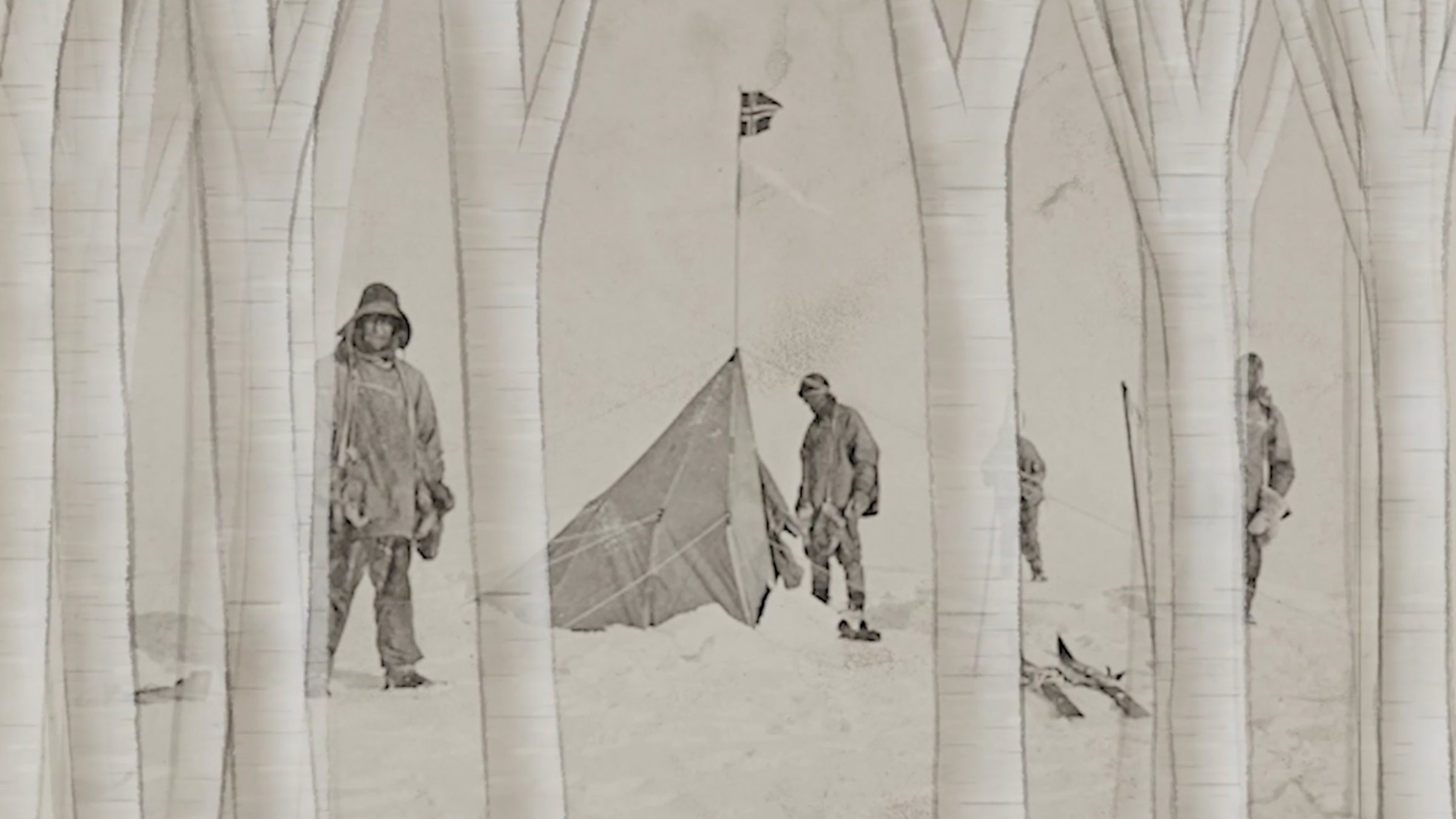Call 6 | To decolonize the landscape, we call on natural scientists to incorporate Indigenous place names as permitted.
Excerpt from paperUsing Indigenous place names recognizes the long history of Indigenous peoples’ relationship with the land. By placing the Indigenous name first followed by the English name in maps and text associated with scientific research (*in the correct context and with permission), users are recognizing the stories and the Indigenous Knowledge behind the names.
DOWNLOAD THE PAPER (EN)
Download the Paper (FR)Key Takeaways*
Recognize the long history of Indigenous peoples’ relationship with the land.
Know that Indigenous place names mark significant locations. They are tied to knowledge and stories.
Learn and recognize the stories that go with the place names.
For maps and other text, consider using the Indigenous place name first, followed by the western name.
Work with Indigenous knowledge holders to ensure that you use place names in the correct context and with permission.
Using Indigenous place names helps reaffirm and revitalize Indigenous languages.
*The NWT Association of Communities worked with the authors to develop a summary of the article. Some of the wording in the Key Takeaways comes from the summary which can be found here
When you look at the land, you only see this part of it. You only see what people put down on the paper map. So by using the place names, what they're doing is they're peeling away that paper map. They're looking at it to learn from how my mom was talking. They start to see the land in a different way.
Gùdia (Mary Jane) Johnson, Lhu'ààn Mân Ku Dań, Elder
Unlike places named by settlers that tend to immortalize individuals, Indigenous place names may describe notable characteristics of a place or denote important historical events and may come with teachings about living on the land.
A river in Yukon is named ’A’ą̈y Chù’ (By Itself Water) that flows from ’A’ą̈y (By Itself), which references Observation Mountain, a mountain with a viewpoint surrounded by a glacier. The river’s English name, Slim’s River, has less meaning as it is named after a horse that died crossing the river during the Kluane Goldrush in the early 1900s.
In the Yukon, Congdon Creek was named after Frederick Congdon, a lawyer who served as Yukon’s fourth Commissioner, but only lived about 10 years in the territory. However, its original name of Khàr Shan Nji (Place of Broken Roots) carries a much larger meaning—one warning about trees being carried down the river canyon during times of high water.
Resources
There is no one resource for Indigenous place names in Canada. It is important to realize that many names may have been lost or are in the process of being revitalized and may not be available for use. Place names are more than a name, they contain stories, and are Indigenous Knowledge and may not be shared with you – this may be the case if you have not created strong relationships with the Indigenous communities near the research sites. Simply asking for a place name to publish in your paper without understanding its context may be seen as extractive.
The links provided here contain a few resources, but the best place to start is by looking for local resources near the research sites.
Native Land Digital is a website application that maps Indigenous territories, treaties, and languages. Native Land Digital is an Indigenous-led Canadian not-for-profit organization.
Stories from the land: Indigenous Place Names in Canada



